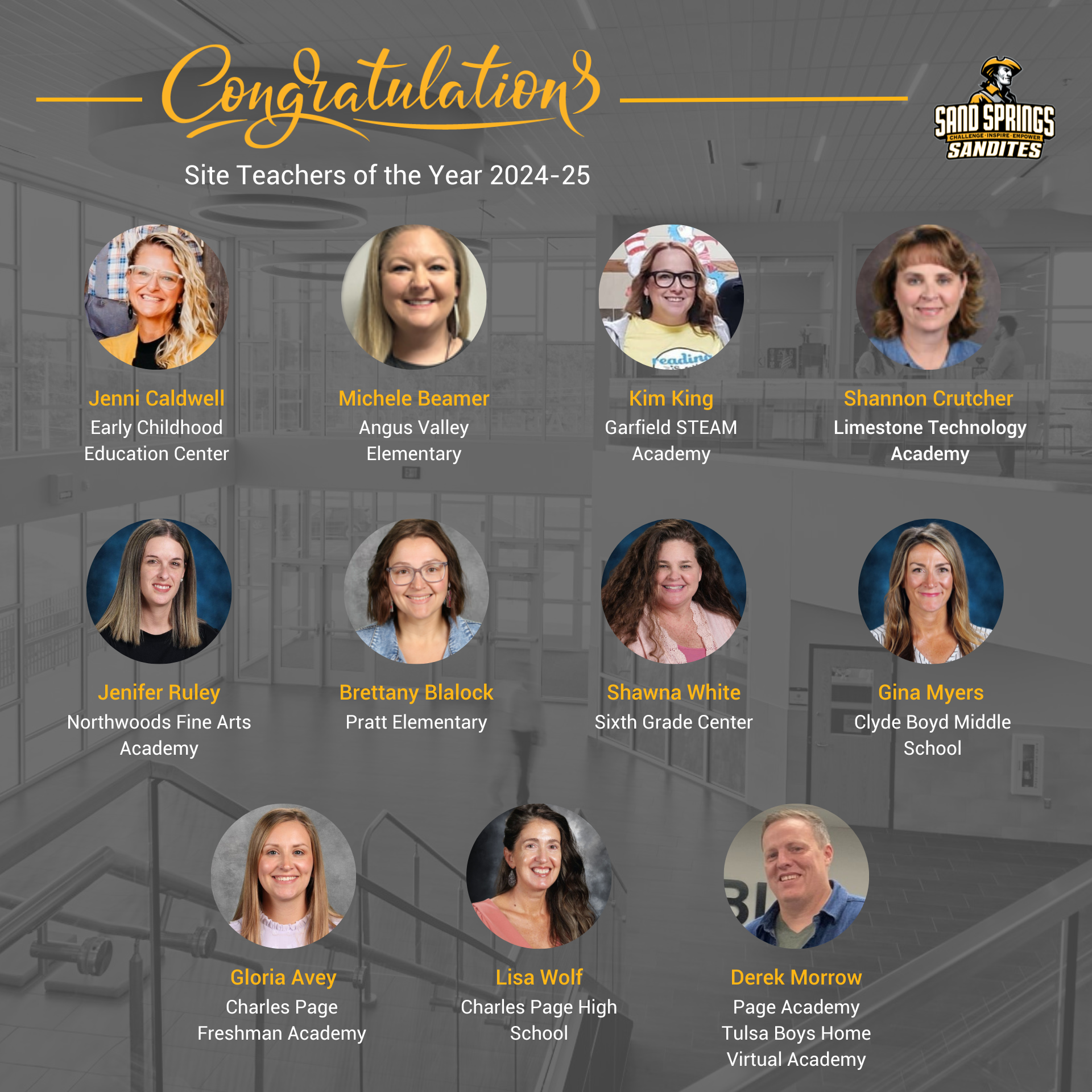Sand Springs elementary students study aeronautical engineering at Angus Valley
/A student in Stephanie Forister's STEM Club test flies a glider.
Second and third grade students at Angus Valley Elementary are hard at work studying aeronautical engineering and designing their own gliders as part of Project Lead The Way's STEM Club.
Sand Springs Public Schools has a heavy focus on science, technology, engineering, and mathematics (STEM) and students begin working on their own designs and projects at an early age.
Stephanie Forister's STEM Club designs gliders.
The students in Stephanie Forister's STEM Club are learning about drag, lift, thrust, and fixed-wing aircraft. They utilize Computer-Aided Design, or CAD, with their own personal iPads to plan their projects then put together gliders to test their understanding. Each student can customize their wing shape, angle, and number of wings so each plane is unique.
After each test flight the students would brainstorm ways to make their plane go farther faster and with a more subtle landing at the end. They then altered their wings and stabilizers and tried again till mastering their design.
Two students in Janet Johnson's science class show off a scale-model wardrobe with functioning doors and drawers.
Angus STEM students have constantly been ahead of the curve in recent years, experimenting with robotics, MinecraftEdu, 3D printing, even balloon-powered cars. They just completed a lesson series on civil engineering.
Mrs. Forister recently received the Fall 2017 Flight Night Science of Flight Classroom Grant from the Tulsa Regional STEM Alliance for ten Elf Owl Drone kits. They are also trying to raise money for supplies to build their own Mini Vibrating Robots. At press time they are $293 away from their $792 goal. Click here to donate or read more about the project.
You can follow along with the students' progress on Facebook at this link.
An important part of SSPS's goal is seamless transition from one grade level to the next, and the district is working to build additional STEM programs at all of their school sites.
Oklahoma Teacher of the Year finalist Janet Johnson's class at Clyde Boyd Middle School doesn't even have traditional desks. Each student has a computer and work station where they can engineer projects such as heat shields and even a functioning prosthetic hand.
One of the neatest tools in Johnson's class is a pair of virtual reality goggles that allow students to explore inside the human body and interact with it in 3D.




